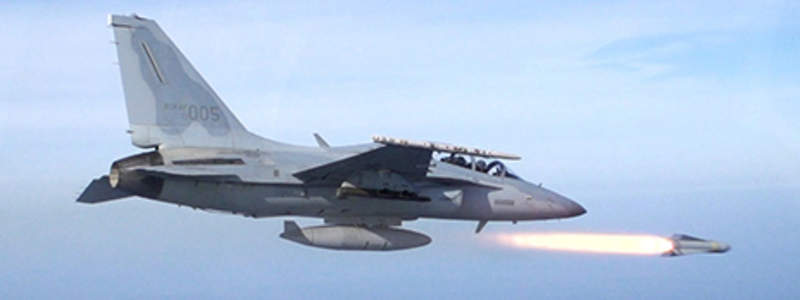
Terma has introduced the self-protection capability of the F-16 for the T-50 light-combat aircraft (LCA) at Seoul International Aerospace and Defense Exhibition (ADEX 2017) this year.
The T-50 LCA family has been equipped with a modified wing weapon pylon (ACE-Pylon) to increase the aircraft’s chaff/flare payload capacity.
The LCA’s self-protection capability upgrade is similar to the self-protection system fitted on the F-16, Terma stated.
The PIDS pylon-family is claimed to have improved the F-16’s chaff/flare payload capacity with up to 300%.
It also optionally provides installation of missile approach warning systems, offers in-flight automatic threat response and EW training, as well as improves situational overview.
Terma has been retrofitting fighter aircraft with self-protection systems for more than 30 years.
More than 400 F-16s operated by the US Air Force and the air forces of Norway, Denmark, the Netherlands, Belgium and Portugal are currently equipped with Terma’s self-protection upgrade solutions.
Due to the rapid increase in second and third generation surface-to-air weapons, aircraft survivability is highly dependent on sophisticated self-defence strategies.
This implies the simultaneous use of flares of different spectral characteristics and the use of multiple types of chaff in complex dispense patterns, according to the company.
The air forces will have the future option of including new types of payloads such as multi-shot flares and smart active decoys when flying missions.
During ADEX 2017, Terma also presented its approach to the installation of direct infrared countermeasures (DIRCM) systems on rotary and fixed-wing aircraft.



